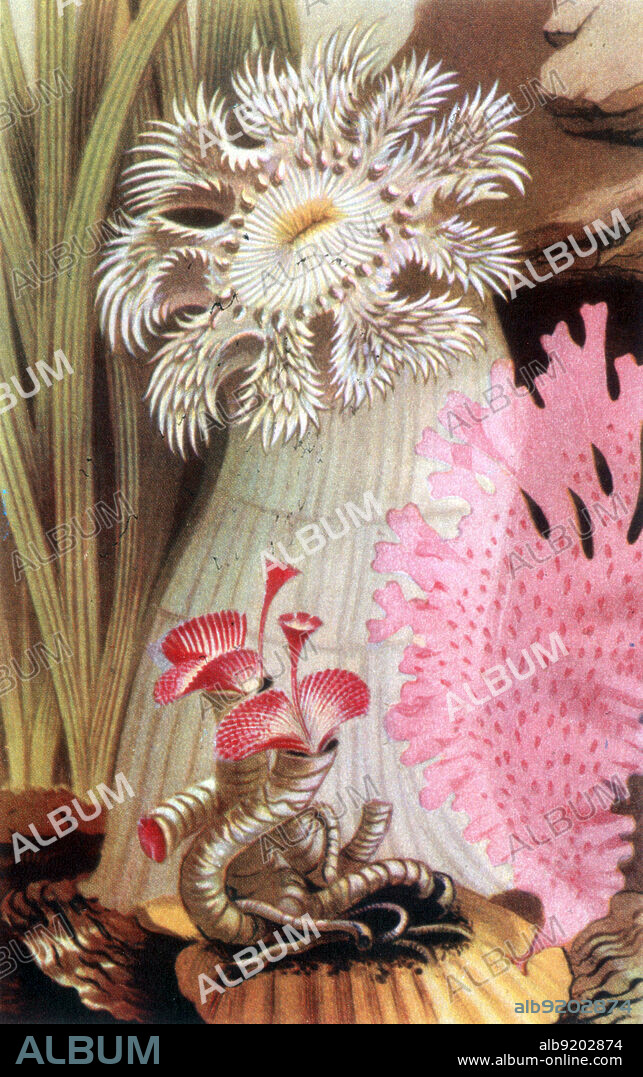alb9202874
Plumose Sea Anemone

|
Añadir a otro lightbox |
|
Añadir a otro lightbox |



¿Ya tienes cuenta? Iniciar sesión
¿No tienes cuenta? Regístrate
Compra esta imagen

Título:
Plumose Sea Anemone
Descripción:
Ver traducción automática
Plumose anemone. Members of the genus Metridium, also known as plumose anemones, are sea anemones found mostly in the cooler waters of the northern Pacific and Atlantic oceans. They are characterized by their numerous threadlike tentacles extending from atop a smooth cylindrical column, and can vary from a few centimeters in height up to one meter or more. In larger specimens, the oral disk becomes densely curved and frilly. Sea anemones are a group of water-dwelling, predatory animals of the order Actiniaria. They are named for the anemone, a terrestrial flower. Sea anemones are classified in the phylum Cnidaria, class Anthozoa, subclass Hexacorallia. Anthozoa often have large polyps that allow for digestion of larger prey and also lack a medusa stage. Many sea anemones form symbiotic relationships with single-celled algae, whether zooxanthellae or zoochlorellae, that live within their cells. The global trade in marine ornamentals for aquariums is rapidly expanding, and threatens sea anemone populations as the trade depends on collection from the wild, and the animals grow and reproduce relatively slowly. Undated, no illustrator credited.
Crédito:
Album / NYPL / Science Source
Autorizaciones:
Modelo: No - Propiedad: No
¿Preguntas relacionadas con los derechos?
¿Preguntas relacionadas con los derechos?
Tamaño imagen:
No disponible
Tamaño impresión:
No disponible
Palabras clave:
ACTINIARIA • ACUÁTICO • ANEMONA • ANÉMONAS • ANIMAL • ANTOZOARIOS • ARTE • BIOLOGIA • CNIDARIA • CNIDARIOS • FLOTA • HISTORIA • HISTORICO • ILUSTRACION • INVERTEBRADO • LITOGRAFIA • MAR • MARINA • MARINE • OCEANO • SEA • ZOOLOGIA
 Pinterest
Pinterest Twitter
Twitter Facebook
Facebook Copiar enlace
Copiar enlace Email
Email
